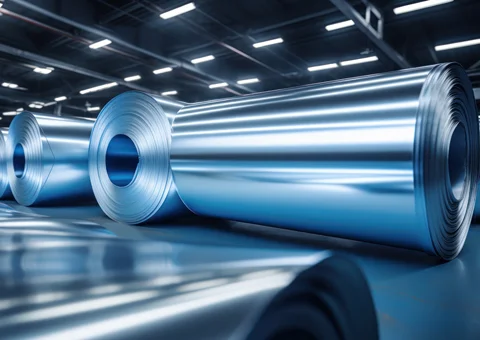In a recent development in the steel industry, the Stainless Steel-HR Coil market in Germany has shown interesting dynamics amidst a backdrop of shifting market conditions and global challenges. Despite facing various obstacles, such as higher costs and logistical issues, German manufacturers have displayed stability and adaptability in prices of Stainless Steel-HR Coil fluctuating by 0.7% in May 2024.
In the first quarter of this year, German Stainless Steel-HR Coil output witnessed a notable year-on-year increase. This growth was partly fuelled by restocking activities, demonstrating a readiness to meet demand. In contrast, Italian Stainless Steel-HR Coil output experienced a decline during the first quarter, reflecting a different regional trend and set of challenges.
In spite of this, data from the German Steel Federation (WV Stahl) showed that the country's output of crude steel increased by 6% over the same period last year, and the production of electric arc furnaces increased by 10% annually.
Furthermore, the European Commission's extension of definitive countervailing duties on Stainless Steel-HR & flat products, with duty rates in place, has added a layer of complexity to the market dynamics. The investigation yielded substantial processing of Indonesian-origin Stainless Steel-HR Coil in Taiwan, Turkey, and Vietnam for export to the EU, leading to strict monitoring on these imports.
The Acciaierie d'Italia's strategic decision to halt furnaces and operate at reduced capacity has contributed to the overall lower output in Italy. Additionally, financial challenges faced by re-roller Liberty Magona have led to intermittent production levels, affecting the supply chain and market dynamics.
Amidst these challenges, Italy's steel sector has been navigating uncertainties regarding imports and facing pressures related to dumping duties and weak demand in certain product segments. With its reliance on imported coils and intricate financial considerations, the Italian market presents a unique set of circumstances for producers and stakeholders to address.
Despite these challenges, EU car registrations have shown growth with year-on-year increase in the first quarter. This growth is pivotal for the Stainless Steel-HR Coil industry, indicating demand resilience and market opportunities to be seized.
Considering these market dynamics, the Stainless Steel-HR Coil sector in Germany stands as a beacon of resilience, adapting to changing market conditions and demonstrating growth despite underlying challenges. The interplay of regional factors, industry developments, and external influences underscores the complexity of the Stainless Steel-HR Coil market in Europe and the need for strategic foresight and adaptive measures to thrive in a competitive environment.

